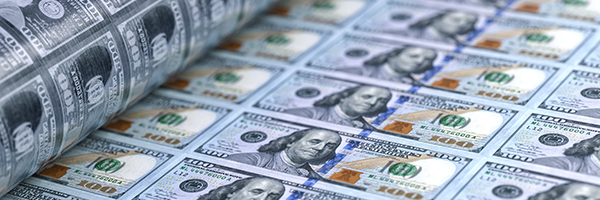The big problem, in my opinion, is that the Friday’s action by Fitch Rating won’t be the last ding to the U.S credit rating.
It’s hard of me to see a quick turnaround in any of the negative trends that Fitch cited as a reason for lowering its rating on U.S. debt to AA+ from AAA.
In the short run the down grade isn’t going to raise U.S interest rates. The 10-year Treasury closed with a yield of 4.03% on August 1. But in the longer term, everything points toward higher borrowing costs no matter what the Federal Reserve declares as its official short-term interest rate.
(Frankly the timing of the Fitch move seems odd, following as it does hard on the heels of surprisingly robust 2.4% GDP growth year over year announced Friday for the second quarter.)
The Fitch Ratings downgrade questioned the trustworthiness of the U.S. government, saying successive standoffs over the nation’s debt ceiling and rising federal debt have cast doubt on the United States’ ability to meet all its payment obligations.
The government’s credit rating was last downgraded in 2011, after a similar standoff over the debt limit, by Standard & Poor’s.
In a statement, Fitch said the revision Tuesday reflects both the standoffs over the debt ceiling and the federal government’s “high and growing” debt burden. “The rating downgrade of the United States reflects the expected fiscal deterioration over the next three years, a high and growing general government debt burden, and the erosion of governance relative to ‘AA’ and ‘AAA’ rated peers over the last two decades,” Fitch said.
Fitch also attributed the downgrade to the country’s rapidly swelling debt burden, which it forecasts to reach 118% of gross domestic product by 2025, more than two-and-a-half times higher than the ‘AAA’ median of 39.3%. The rating company projects the debt-to-GDP ratio to rise even further in the longer-term, increasing America’s vulnerability to future economic shocks, the report said.


